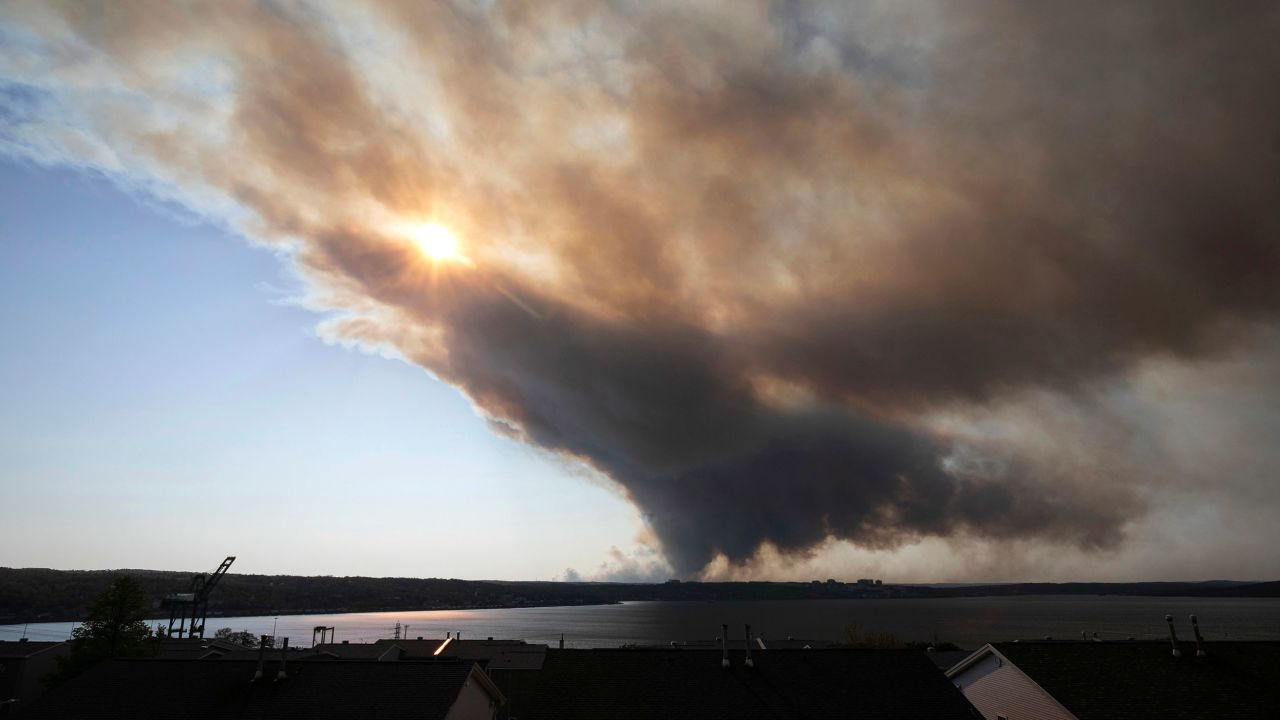begin quote from:
https://www.cnn.com/2023/05/31/us/just-climate-thresholds-significant-harm-study/index.html
If climate goals are meant to protect us from ‘significant harm,’ then they aren’t good enough, scientists say

For years, the world has been focusing on a key climate change threshold: limiting global warming to 1.5 degrees Celsius above pre-industrial levels. But even at that threshold – which could begin to be breached within the next five years – millions of people will still face “significant harm,” including death, displacement and food and water scarcity, an international commission of researchers reported Wednesday.
In a study published in the journal Nature, the panel of more than a dozen researchers integrated environmental justice – the idea that climate thresholds should minimize significant harm – with climate science. And with that standard, they found the world has already breached critical boundaries, leaving less safe, habitable space for life on Earth.
At 1.5 degrees Celsius, the authors found that more than 200 million people could still be exposed to unprecedented heat, and more than 500 million people would be exposed to longterm sea level rise. And they said that the key climate threshold nations pledged to meet in the Paris Agreement in 2015 – one that would ensure a “safe and just” world – should have been 1 degree Celsius.
But the planet’s average temperature has already soared to around 1.2 degrees Celsius warmer than pre-industrial levels, which has already triggered catastrophic and deadly climate and weather changes, including more extreme heat waves, floods and landscape-altering wildfires.
“Science is showing clearly that we are at risk of destabilizing the entire planet and its life support systems,” said Johan Rockström, the lead author on the study and director of the Potsdam Institute for Climate Impact Research, and co-chair of the Earth Commission.
“Unfortunately, the doctor will tell you that we are moving in the wrong direction on basically all of these living components that build up this complex, adaptive, self-regulating system,” he told reporters, likening the study to a doctor’s visit, and that the prescription is “a list of quantitative safe and just boundary conditions that you have to live within to be able to cure yourself.”
While past scientific efforts to define Earth’s boundaries have been strong and compelling, climate science has historically looked at the conditions needed to maintain the planet’s stability, but excluded justice as a key component, said Joyeeta Gupta, a co-author on the study and an environmental researcher at the University of Amsterdam.
“We argue that there is no safe planet without justice,” Gupta said, underscoring that incorporating justice to the Earth system’s boundaries reduces significant harm to communities and individuals.
The research is a “worthy attempt” to identify and quantify the human toll associated with different levels of environmental degradation, such as climate change, water availability and biodiversity, said Kim Cobb, climate scientist at Brown University who was not involved with the study but was a lead author on the most recent UN Intergovernmental Panel on Climate Change report.
“This paper highlights the human costs of the emissions choices we are making every single year – costs that will extend many generations into the future, when we do not move to enact emissions in line with the most ambitious targets,” Cobb told CNN. It also “provides further ammunition to climate justice advocates as policymakers seek a greater understanding of how continued warming will worsen existing climate injustices from region to region and across the next decades to centuries.”
Scientists are calling on governments, businesses and policymakers to take the crisis more seriously as climate thresholds are breached and the world gets warmer.
“The intention of this paper was to try and show that there is already a lot of damage at 1 degree, and that this is more just than a 1.5-degree target,” Gupta said. “We want to make sure that countries take this as seriously as possible.”



No comments:
Post a Comment